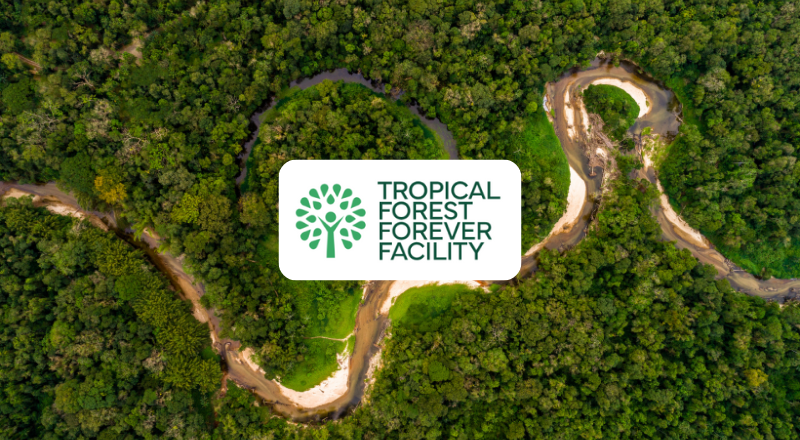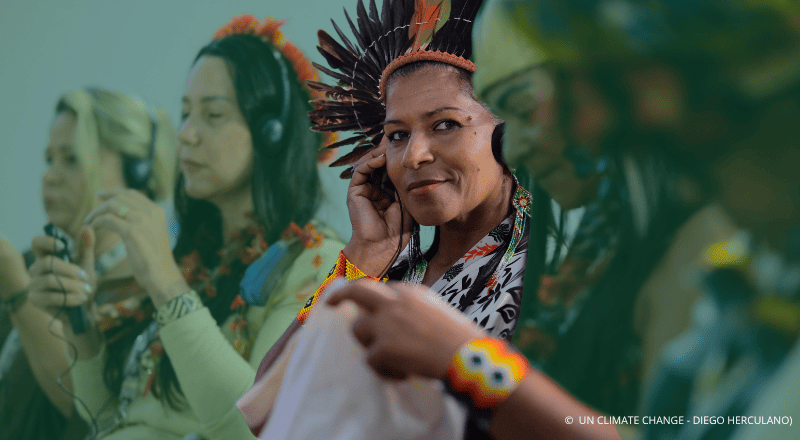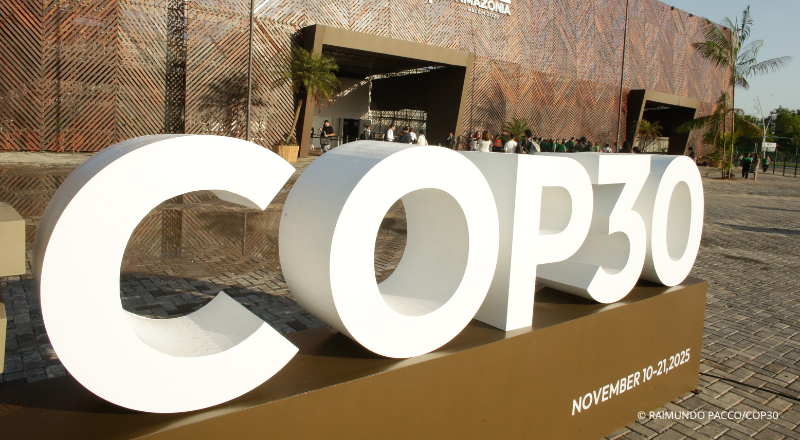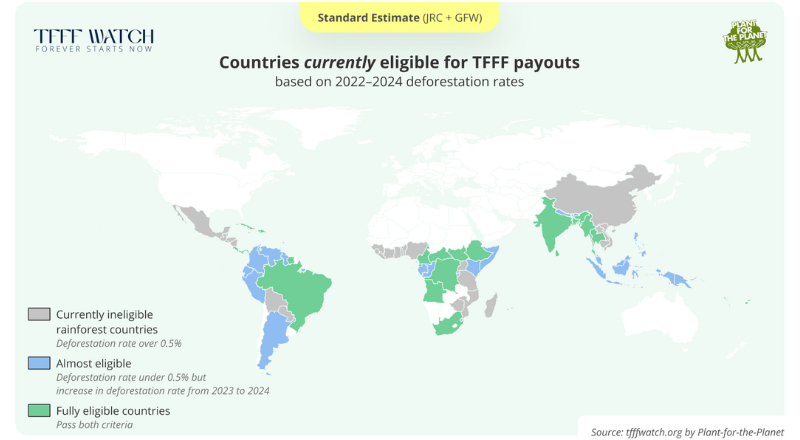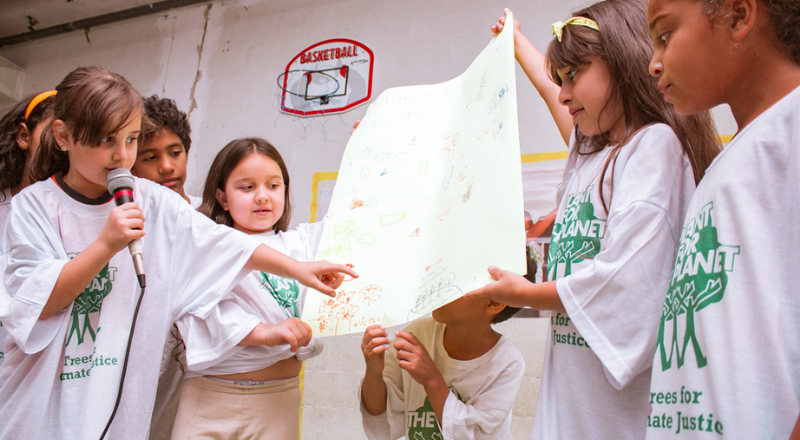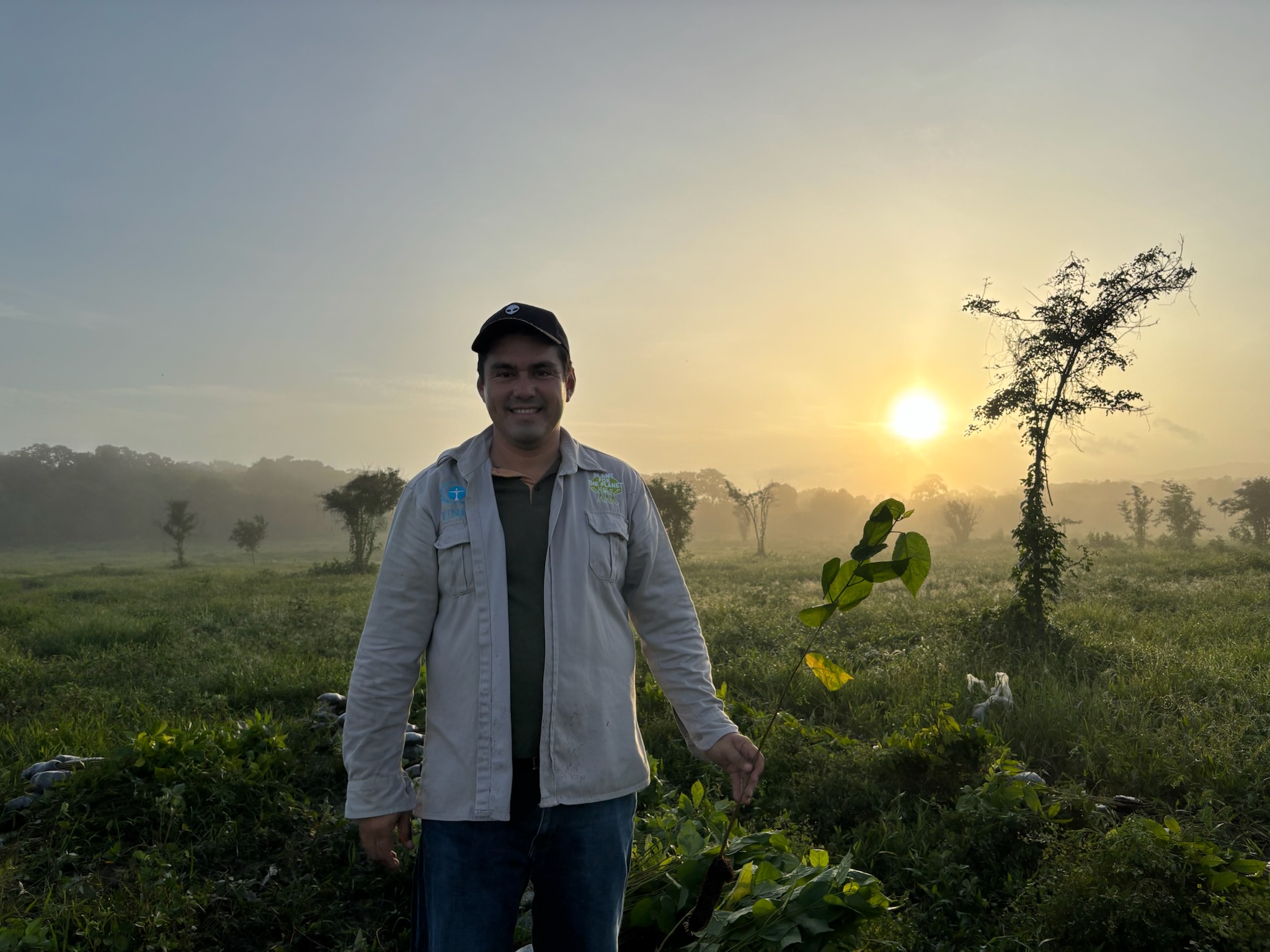
When you wake up every day to plant thousands of trees, fight the weeds that dry out and form a blanket around the saplings — a blanket that almost acts like a fire-starter — and patrol day and night to protect what you’ve grown, the trees become a part of you.
So when a merciless fire comes and burns the little saplings to the soil, a part of you burns too.
You stand there watching years of effort turn to ash, and it’s hard to find hope. But then something happens… something small, almost invisible at first. You return to those same fields, and you see green shoots emerging from the blackened stumps. Life pushing through the ash. That’s when you remember why you started.
When Everything Burns Down, We Begin Again
Fires have now become one of the leading causes of forest degradation, as shown by new research from the World Resources Institute. In 2024 alone, global tree cover loss reached a record high of 30 million hectares and nearly half of this was due to fires. These flames don’t just destroy trees; they erase years of care, growth, and hard work in an instant.
On our own planting sites, we’ve seen this devastation up close. After the fires, we cleared out the burnt wood and debris, preparing the soil to start again. The fields were quiet, almost painfully empty. Our restoration director, Oscar, looked across the land and sighed:
“This is how wide the tree was that we planted last year,”
he said, pointing to a stump, thick enough to have towered over us both.
Then his expression changed. His eyes lit up as he knelt beside a small green branch sprouting from the blackened trunk.
“And this,” he smiled, “is the tree regrowing.”
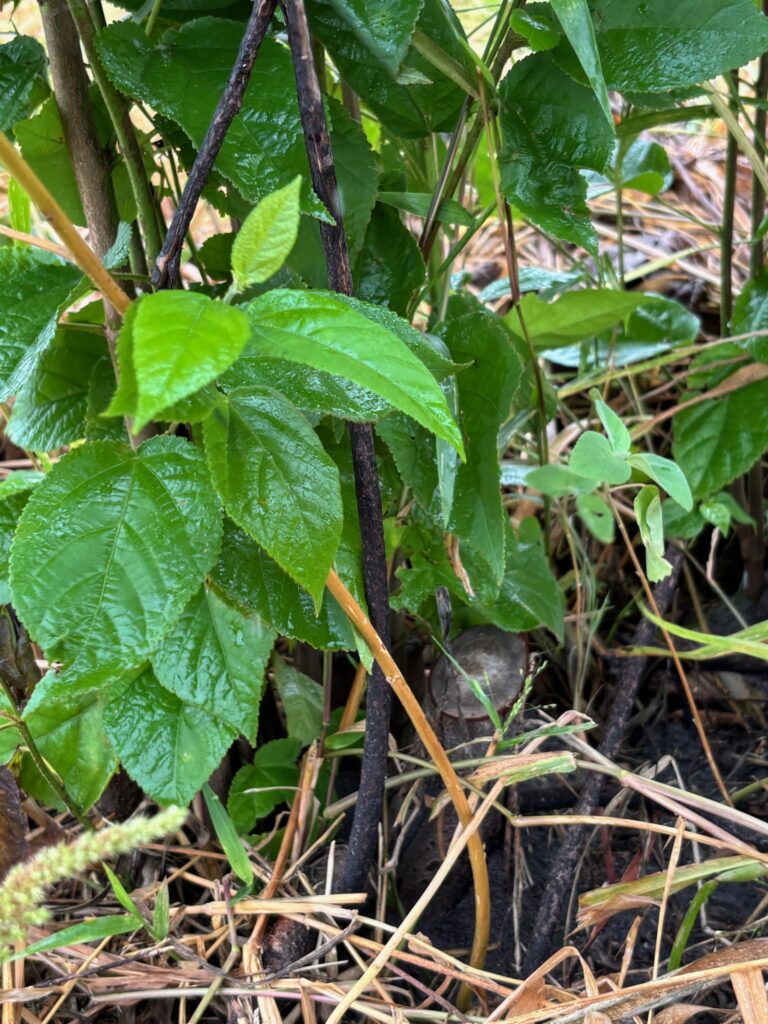
Resilience Rooted in the Soil
That tiny branch told us everything we needed to know.
Even after a fire burns through the land, many trees have the ability to resprout. Their root systems, strong and deep underground, remain alive, storing energy, waiting for the right moment to return.
This isn’t just luck; it’s resilience. It’s proof that the ecosystems we restore are learning to fight back. Fires may destroy the surface, but beneath, life holds on. It rebuilds itself quietly, persistently, just as we must.
At our sites, we’re witnessing this miracle firsthand: trees that once looked dead are now covered in fresh leaves. Their regrowth is not only a sign of survival, but of nature’s ability to adapt and heal.
Nature Is Complex and Resilient
When we talk about survival rates, people often expect perfect numbers. But nature doesn’t work in straight lines. Some trees will die, others will resprout stronger than before. Some species may disappear for a season, only to return as the ecosystem balances itself again.
We plant not for perfection but for resilience. Because every living tree, every resprouting stump, every blade of grass breaking through the ashes is a story of perseverance.
Nature reminds us that loss is not the end. That even when a forest burns, it prepares the soil for new life. And that sometimes, what looks like an ending is simply the beginning of something stronger.
Learning from the Forest
The forest has become our teacher.
It teaches us patience.
It teaches us humility.
And most of all, it teaches us to keep going.
The work of weeks may be burned in a single day, but the forest never gives up, and neither do we (read about how we protect our sites from fires here).
When we see those first green shoots pushing through the ashes, we’re reminded that resilience lives in the roots and in the strength we’ve built together, in the networks we’ve nurtured, in the belief that even in loss, there is life.
Because no fire can burn down hope that grows underground.
